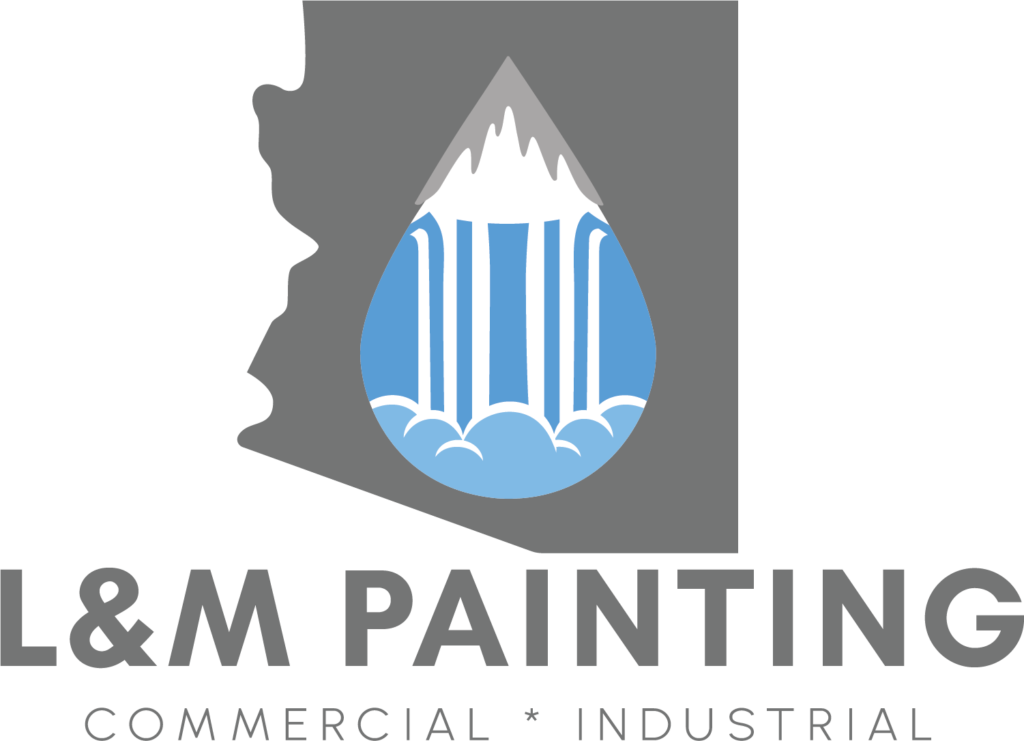

infrastructure, substrate, polyurethane, roof, concrete, epoxy, pipe, steel, manhole, tank, bridge, drinking water, longevity, public, water treatment, association for materials protection and performance, wastewater treatment, ultraviolet, manufacturing, primer, spray foam, rust, wear, sulfide, solvent, clarifier, hydrogen, tunnel, valve, plant, bus, ideal solution, infiltration, truck, adhesive, cost, sanitation, fuel, applied, coatings, solutions, polyurea coating, cleaning, management, wastewater facilities, environment, schedule, polyurea coatings, protective coatings, budget, wear and tear, floor, sealant
Municipal infrastructure relies on various types of coatings to ensure durability and performance. Commonly used coatings include epoxy, polyurethane, and zinc-rich formulations, each offering unique benefits such as corrosion resistance and enhanced longevity. These coatings are essential for protecting critical structures like water tanks and wastewater facilities, as demonstrated by L&M Painting.
For instance, epoxy coatings provide a robust barrier against moisture and chemicals, making them ideal for environments prone to corrosion. Polyurethane coatings, on the other hand, offer flexibility and UV resistance, which are crucial for outdoor applications. The choice of coating often depends on the specific requirements of the project, highlighting the expertise of L&M Painting in selecting the right solutions for municipal needs.
Coating municipal water pipes brings numerous benefits that contribute to the overall efficiency of water distribution systems. One of the primary advantages is enhanced corrosion resistance, which significantly extends the lifespan of pipes and reduces the frequency of repairs. This is crucial for maintaining safe drinking water standards in communities, as demonstrated by L&M Painting.
In addition to prolonging the life of the infrastructure, coated pipes help improve water quality by preventing the leaching of contaminants into the water supply. This protective measure ensures that municipalities can provide reliable and safe water services to their residents, showcasing the importance of professional coating services like those offered by L&M Painting.
The environmental impact of municipal infrastructure coating is significant, as it plays a vital role in protecting structures from corrosion and degradation. By extending the lifespan of assets, these coatings reduce the need for frequent repairs and replacements, which can lead to substantial waste. This sustainable approach is a key focus for L&M Painting, emphasizing their commitment to environmentally responsible practices.
Moreover, the use of high-performance coatings helps minimize the release of harmful substances into the environment. By safeguarding infrastructure, L&M Painting contributes to the overall health of communities and ecosystems, ensuring that municipal systems operate efficiently while reducing their environmental footprint.
Quality control measures are critical in the application of coatings for municipal infrastructure, ensuring that all projects meet industry standards and client expectations. Rigorous surface preparation, precise application techniques, and thorough post-application inspections are essential steps in the process. L&M Painting adheres to these standards to guarantee the durability and effectiveness of their coatings.
For example, before applying any coating, extensive surface cleaning and preparation are conducted to remove any contaminants that may affect adhesion. Additionally, ongoing monitoring during the application process ensures that the coatings are applied uniformly and cured properly, which is vital for achieving long-lasting results, as practiced by L&M Painting.